What Is A Gray Headed Coneflower Plant - Care For Gray Headed Coneflowers
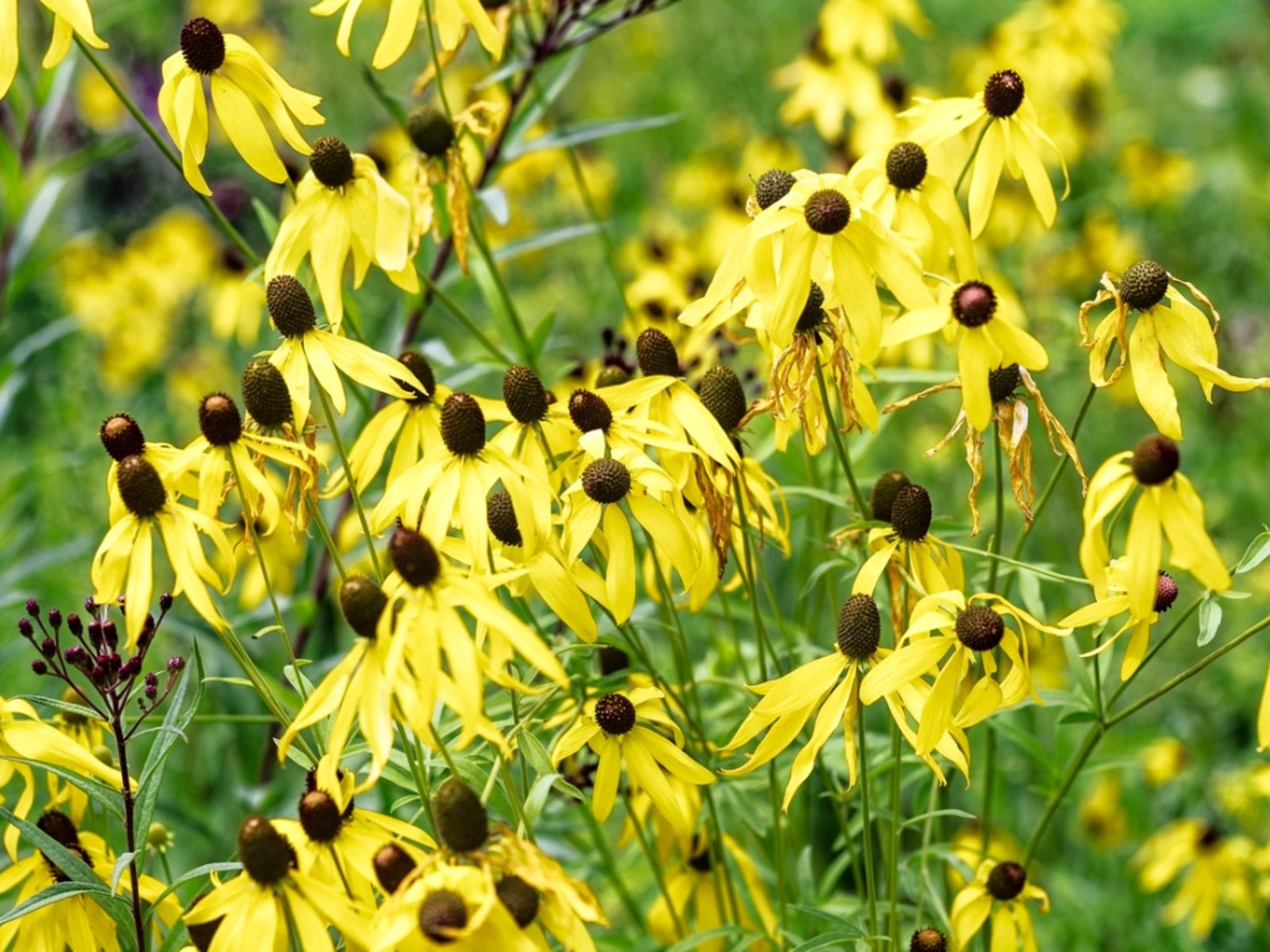

The gray headed coneflower plant goes by many names—pinnate prairie coneflower, yellow coneflower, gray-headed Mexican hat—and is a native North American wildflower. It produces striking yellow flowers that attract pollinators and birds. Choose this perennial for meadows and native plantings.
About the Gray Headed Coneflower Plant
Gray headed coneflower (Ratibida pinnata) is a native perennial flower in much of the central U.S. and southeastern Canada. It grows naturally in meadows and prairies, along roads and railroads, and sometimes in open forests.
It grows up to five feet (1.5 m.) tall with long, strong stems that produce one bloom each. The flowers have a grayish brown center. It is shaped like an elongated cylinder or cone, which is how the plant gets one of its common names: gray-headed Mexican hat. The center with hanging yellow petals resembles a sombrero. A unique characteristic of the gray headed prairie coneflower is its aroma. If you bruise the central cone, you’ll get a whiff of anise.
Gray headed coneflower is a great choice for native plantings. It grows readily and naturalizes particularly well in open, sunny spaces. Use it in a spot where the soil is poor and other plants are difficult to grow. In a bed, grow them in mass plantings, as individual plants are thin and a little scraggly.
Growing Gray Headed Coneflower
Care for gray headed coneflower is easy in its native habitat. It tolerates a range of soils, even those with heavy clay, lots of sand, or that is dry. It also tolerates drought. Although gray headed coneflower prefers full sun, it can take a little shade.
It’s easy to grow these flowers from seed. They won’t need much watering or other care once mature. Just be sure that the soil in which you plant them drains well and won’t get soggy.
Gray headed coneflower seeds develop on the cone as the blooms fade and are reliable for propagating the plant. You can leave the seed heads in place to re-seed or you can collect them. You can also propagate by division.
Gardening tips, videos, info and more delivered right to your inbox!
Sign up for the Gardening Know How newsletter today and receive a free copy of our e-book "How to Grow Delicious Tomatoes".

Mary Ellen Ellis has been gardening for over 20 years. With degrees in Chemistry and Biology, Mary Ellen's specialties are flowers, native plants, and herbs.
-
 Get Ready For A Summer Of Hummers! Grow These Full Sun Hummingbird Plants and Flowers
Get Ready For A Summer Of Hummers! Grow These Full Sun Hummingbird Plants and FlowersIf you’re lucky enough to enjoy a sunny backyard, make sure you are maxing out on your pollinator opportunities and grow these full sun hummingbird plants and flowers
By Tonya Barnett
-
 12 Lush Alternatives To A Lawn For Sustainable Spaces
12 Lush Alternatives To A Lawn For Sustainable SpacesAlternatives to a lawn are beautiful and also beneficial to your local ecosystem and its pollinators. Explore our top picks for plants to replace grass.
By Tonya Barnett
-
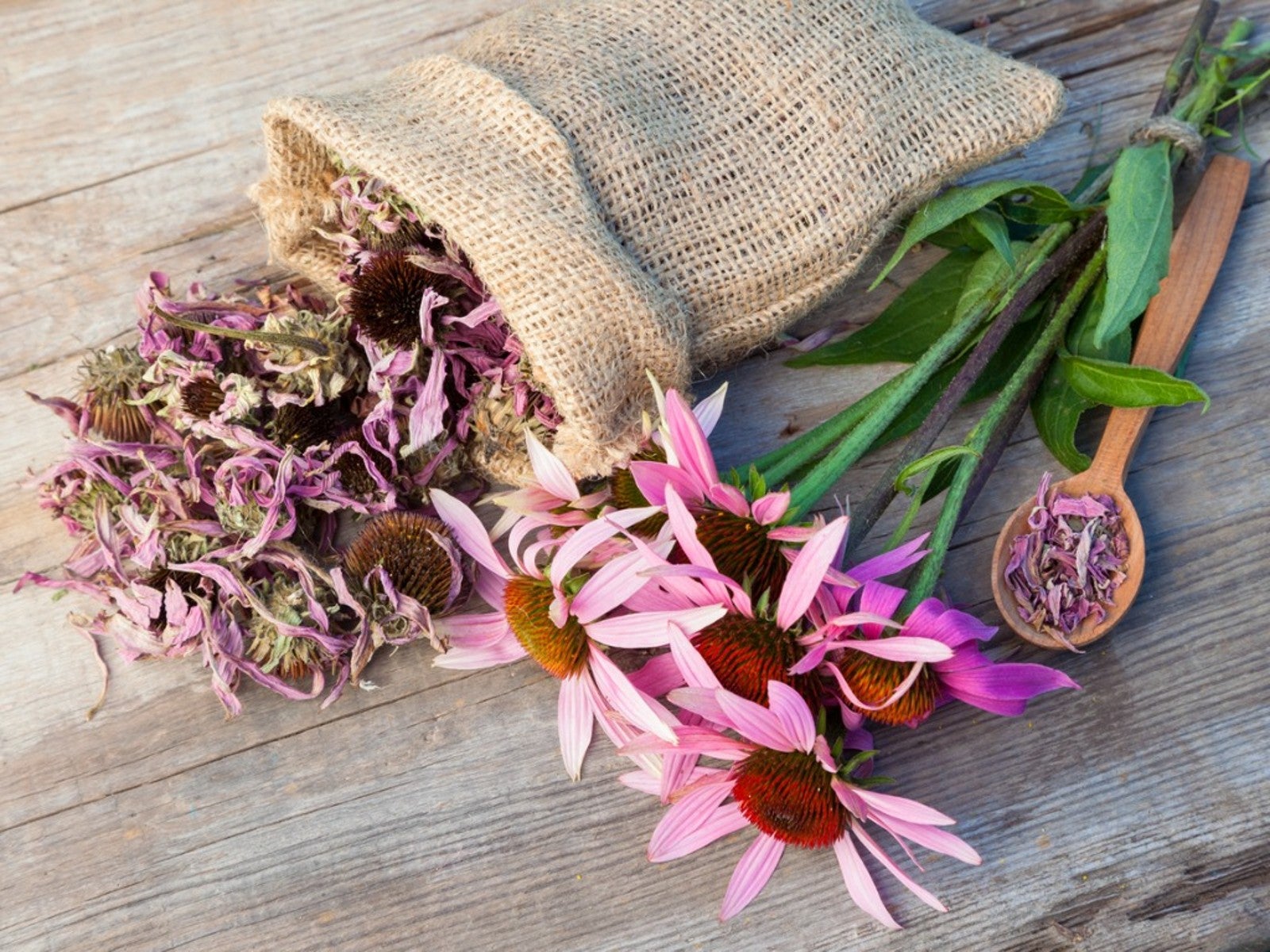 How To Harvest Echinacea Flowers, Seeds And Roots
How To Harvest Echinacea Flowers, Seeds And RootsThe entire echinacea plant can be harvested and used for medicine and health. Learn here how to harvest your pretty coneflowers, from seeds to roots.
By Mary Ellen Ellis
-
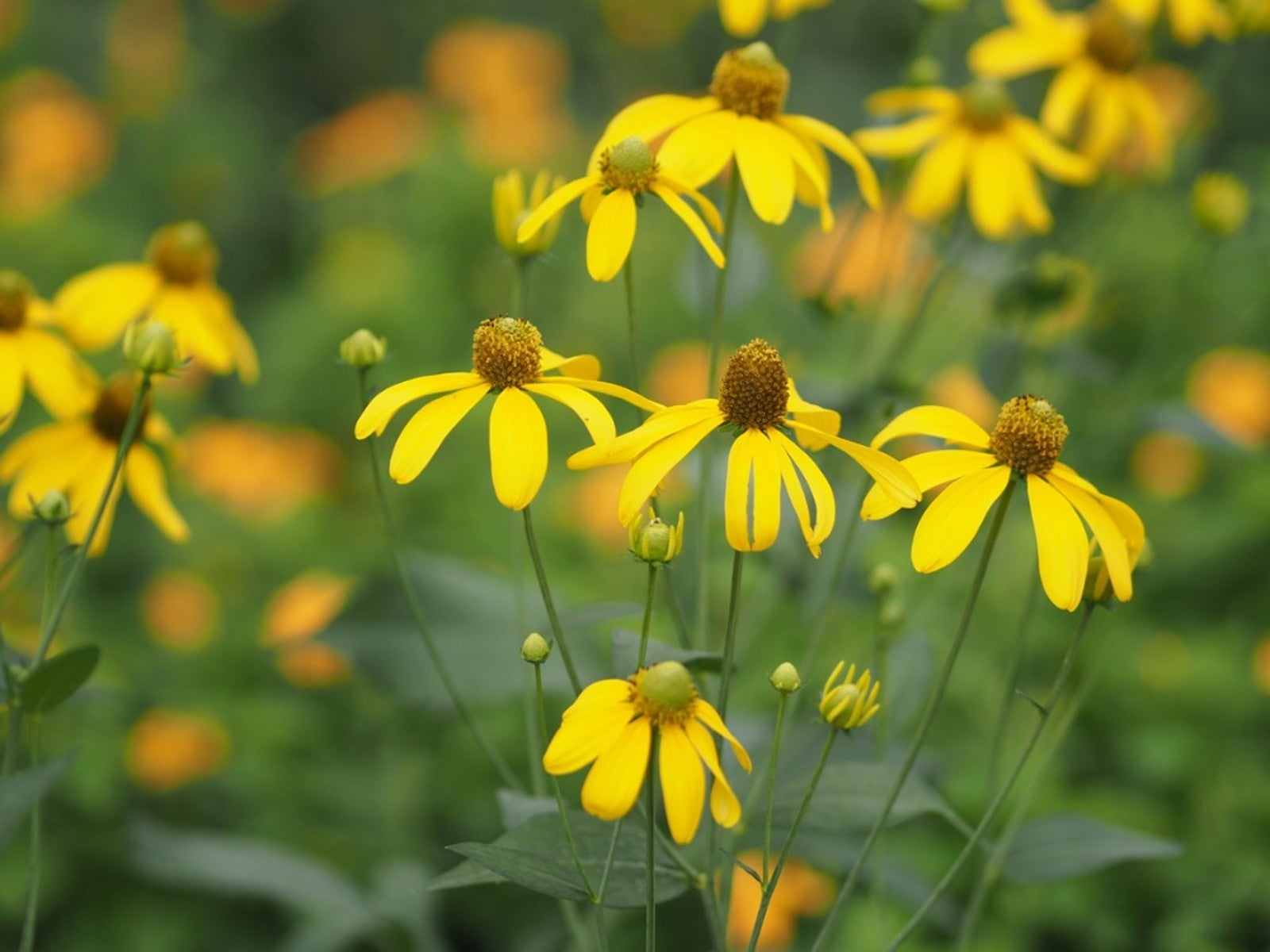 Growing Cutleaf Coneflower - Is Cutleaf Coneflower A Weed
Growing Cutleaf Coneflower - Is Cutleaf Coneflower A WeedCutleaf coneflower is a native wildflower, but that doesn't stop some from finding it weedy. Click here for more information.
By Mary Ellen Ellis
-
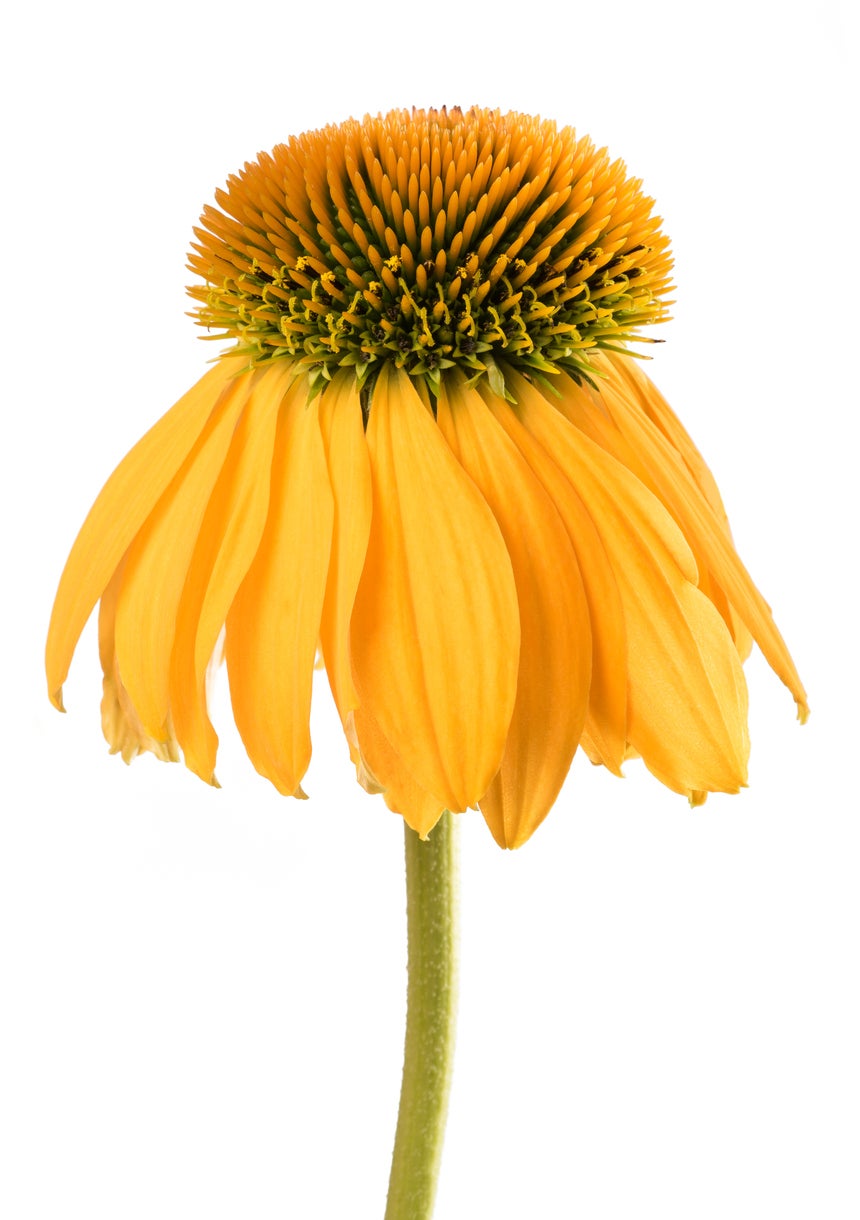 Yellow Echinacea Care – Learn About Growing Yellow Coneflowers
Yellow Echinacea Care – Learn About Growing Yellow ConeflowersEchinacea paradoxa stands out from other native echinacea plants. The “paradox” indicated in this variety’s name comes from the fact that it is the only native echinacea to produce yellow petals. Learn about growing yellow coneflowers here.
By Darcy Larum
-
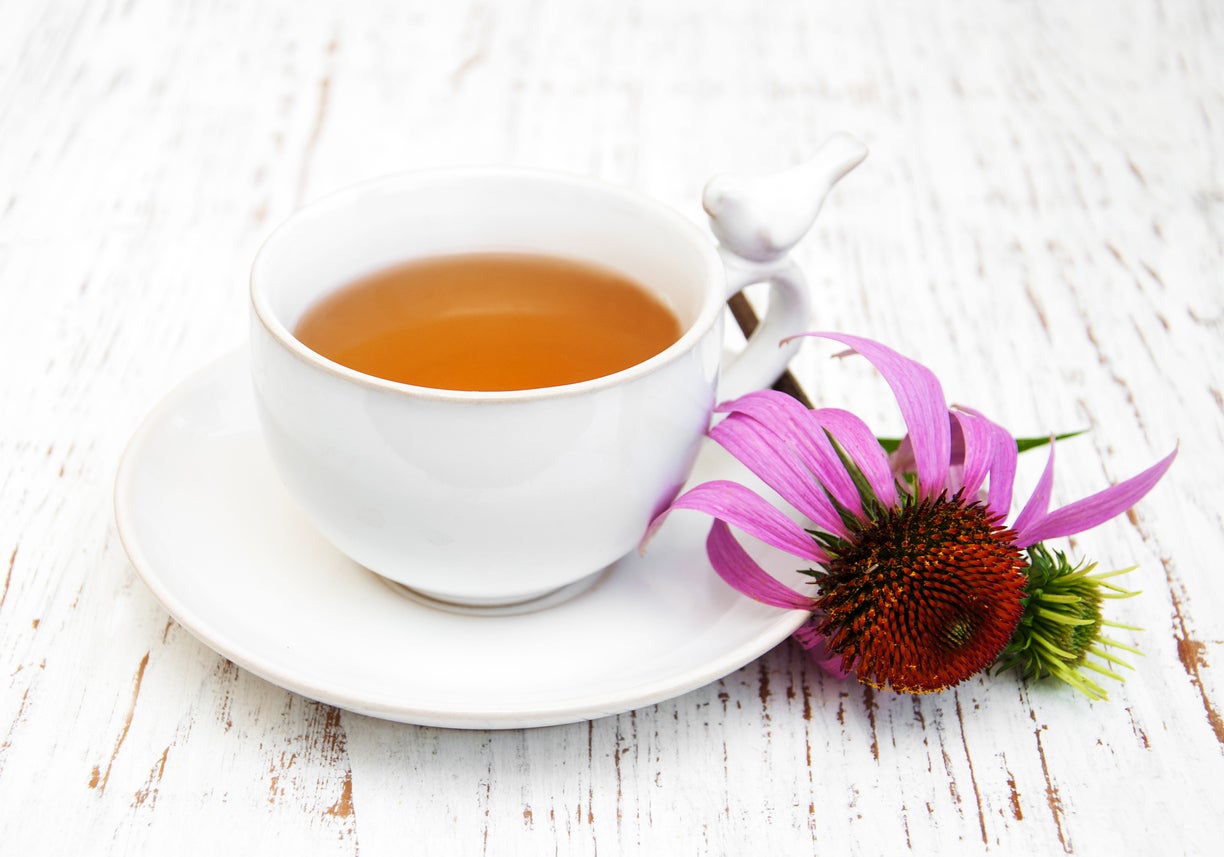 Coneflower Herbal Uses – Growing Echinacea Plants As Herbs
Coneflower Herbal Uses – Growing Echinacea Plants As HerbsConeflowers are pretty plants with big, bright flowers that attract butterflies and songbirds to the garden. But people have also been using coneflowers medicinally for many, many years. Click this article for more information on coneflower herbal uses.
By Teo Spengler
-
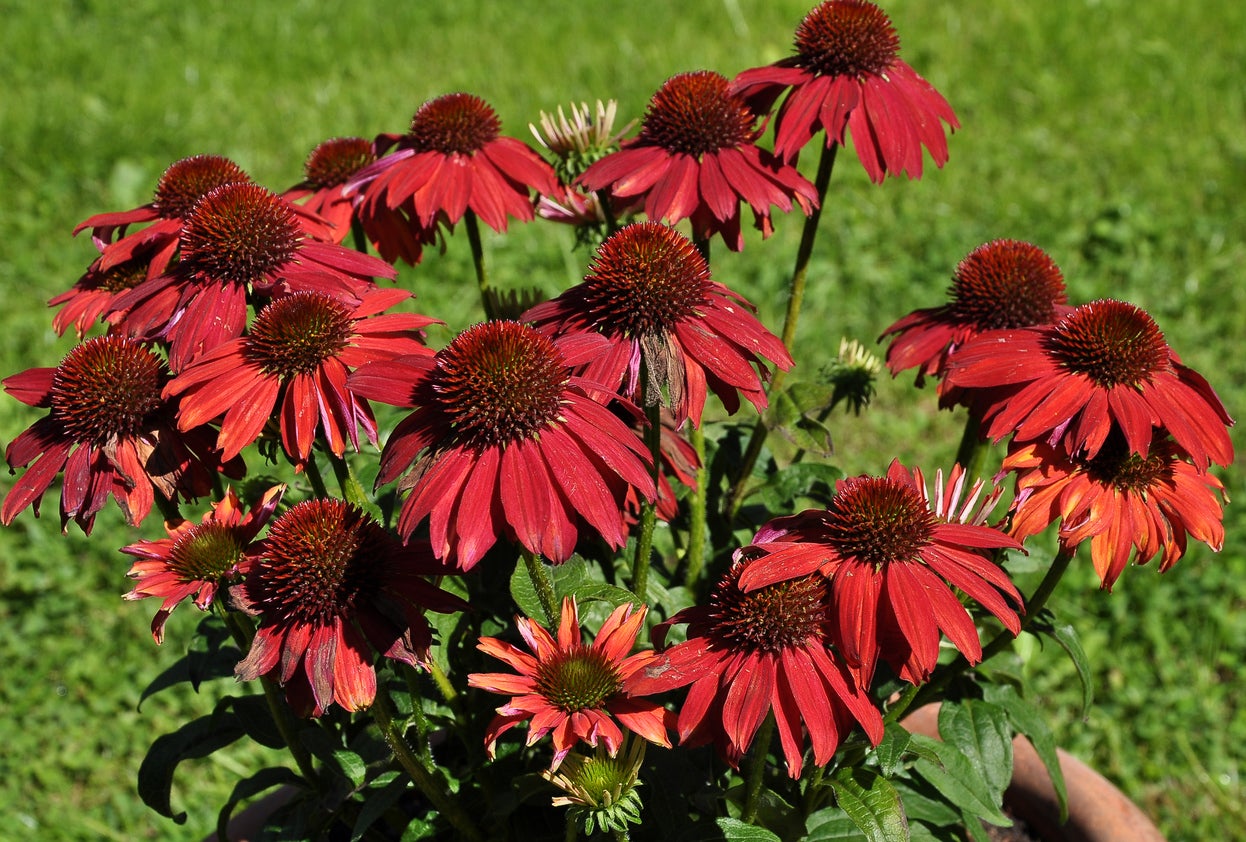 Types Of Coneflower – Learn About Different Kinds Of Coneflower Plant
Types Of Coneflower – Learn About Different Kinds Of Coneflower PlantBy Mary Ellen Ellis
-
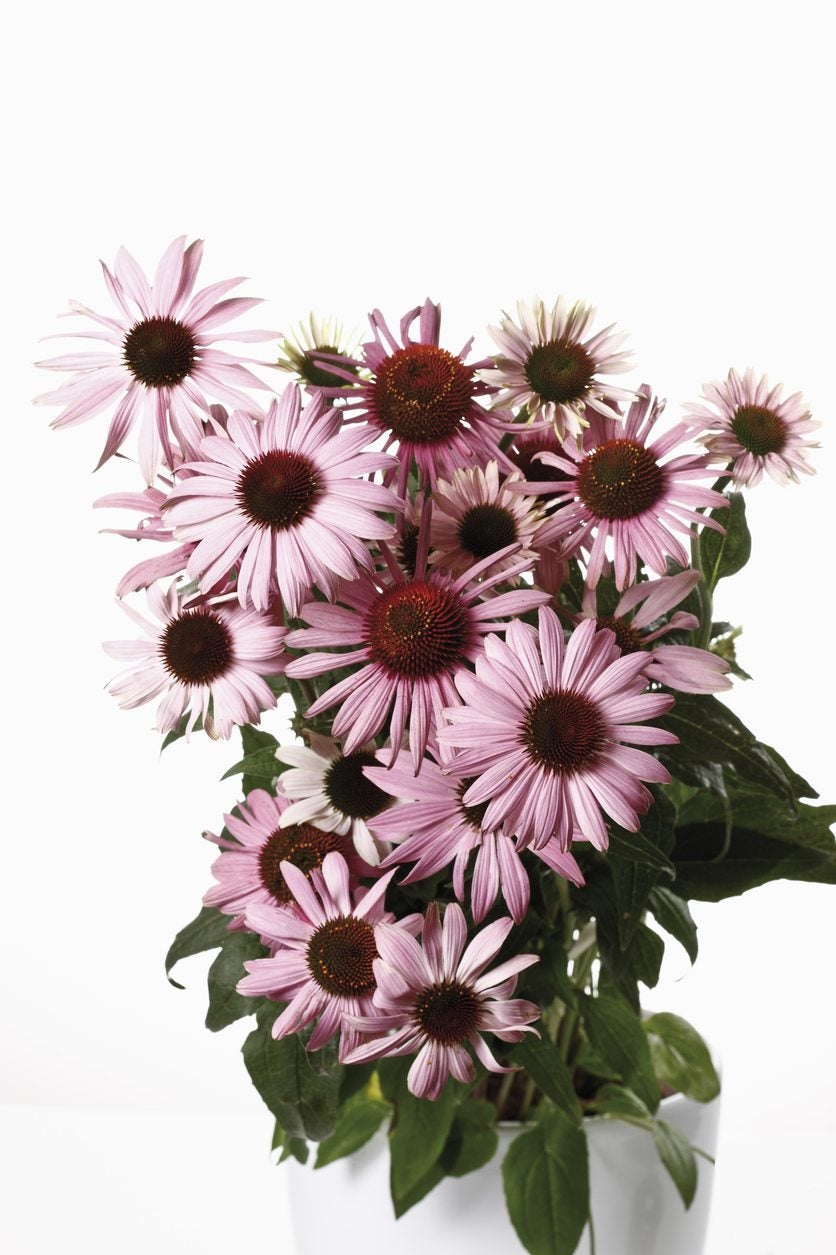 Coneflowers In A Pot – Tips On Caring For Container Grown Coneflowers
Coneflowers In A Pot – Tips On Caring For Container Grown ConeflowersConeflowers are very popular, colorful, flowering perennials. But what about containers? If you don't have the space for a garden bed, will coneflowers grow just as well on a patio or balcony? Click this article to learn more about how to grow coneflowers in a pot.
By Liz Baessler
-
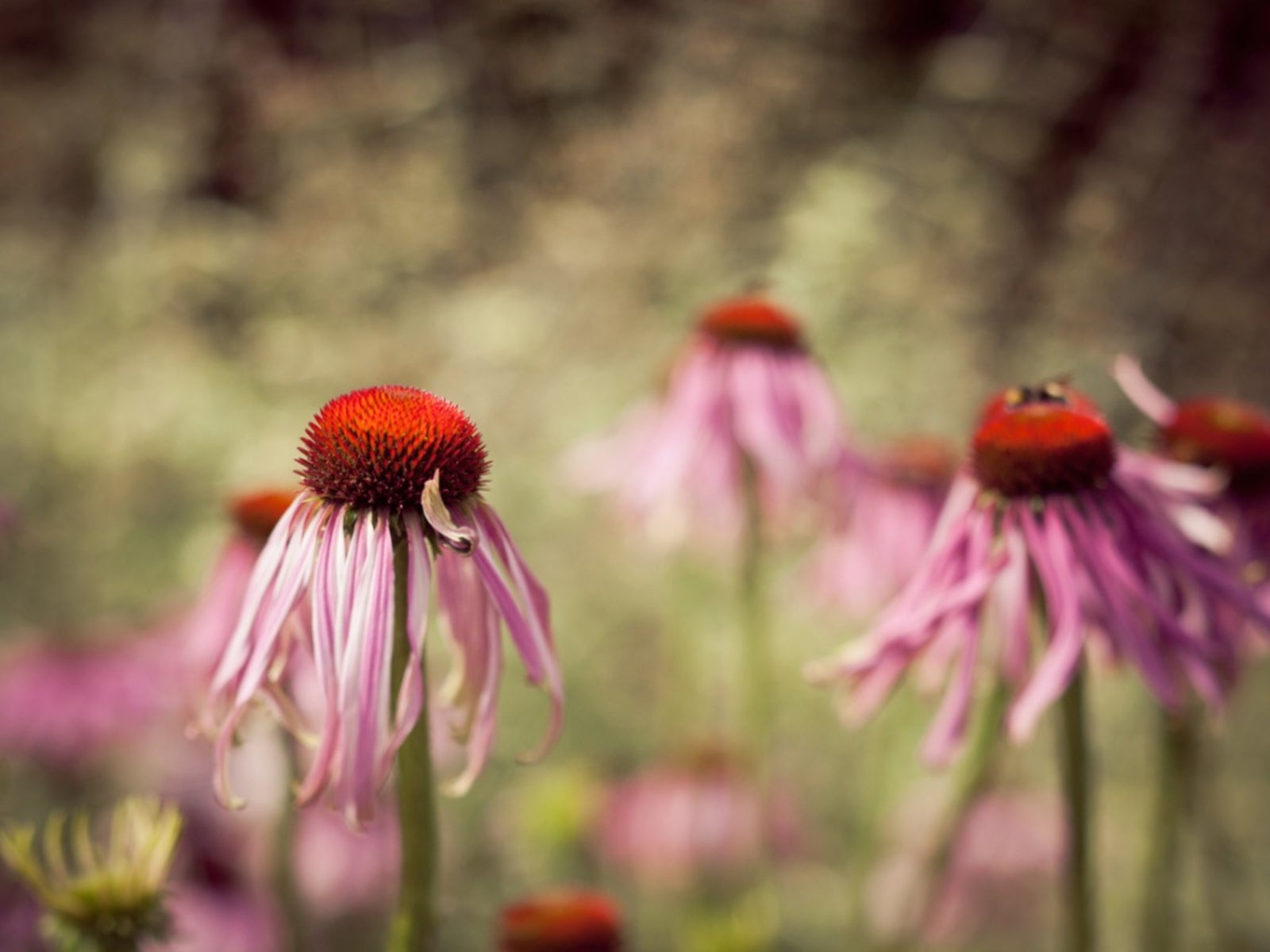 Echinacea Deadheading: Do You Need To Deadhead Coneflowers
Echinacea Deadheading: Do You Need To Deadhead ConeflowersAlso known as purple coneflower, Echinacea has grown wildly and contently for hundreds of years without any maintenance. When I suggest coneflowers to a customer, I am often asked "do you need to deadhead coneflowers?" Click here for the answer.
By Darcy Larum
-
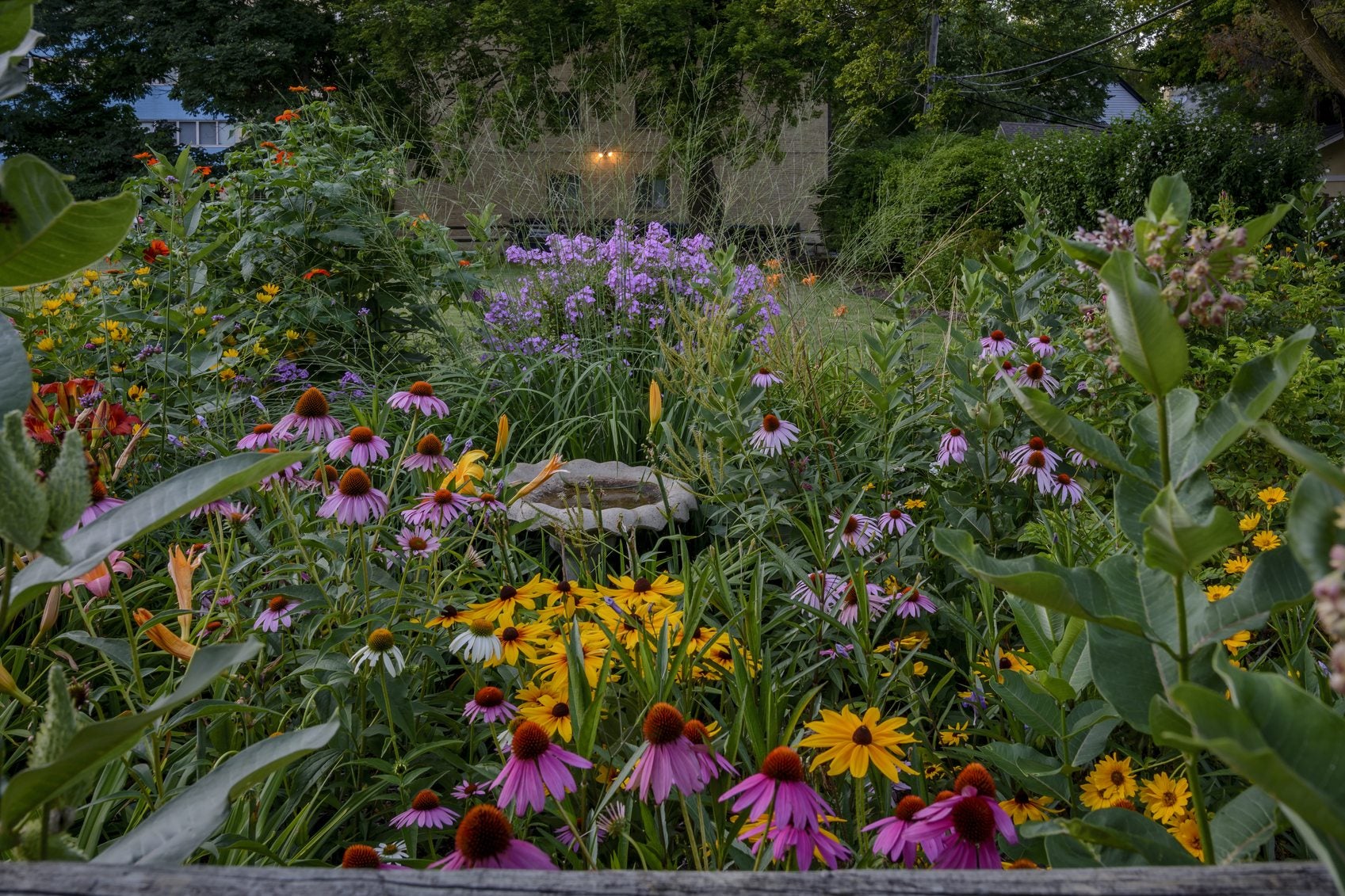 Companion Plants For Echinacea: Learn What To Plant With Coneflowers
Companion Plants For Echinacea: Learn What To Plant With ConeflowersCompanion plants for Echinacea should have similar cultural requirements and can create a bed with attractive blooms for any beneficial insect. To create a lively color bed, choose Echinacea companions carefully. This article will help get you started.
By Bonnie L. Grant